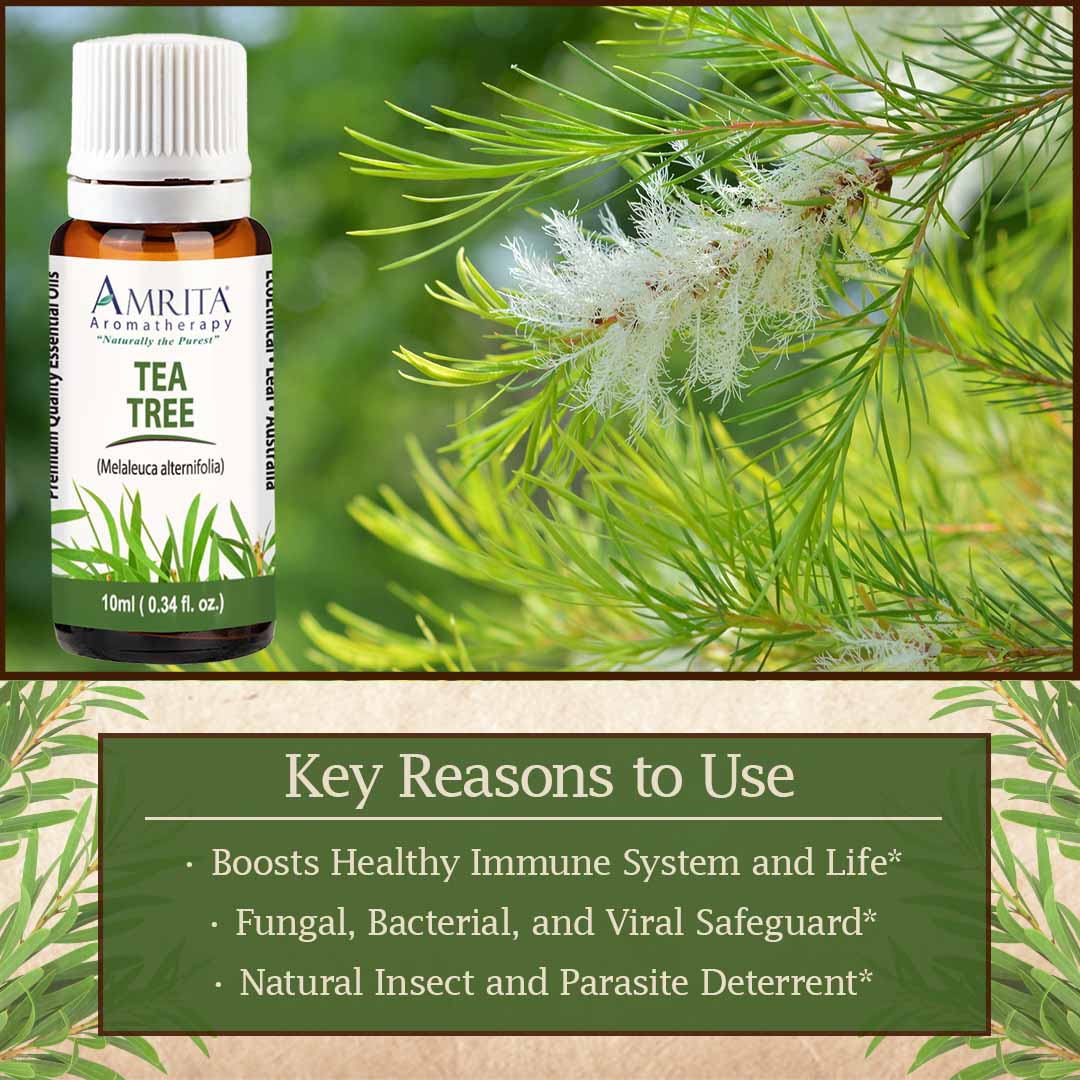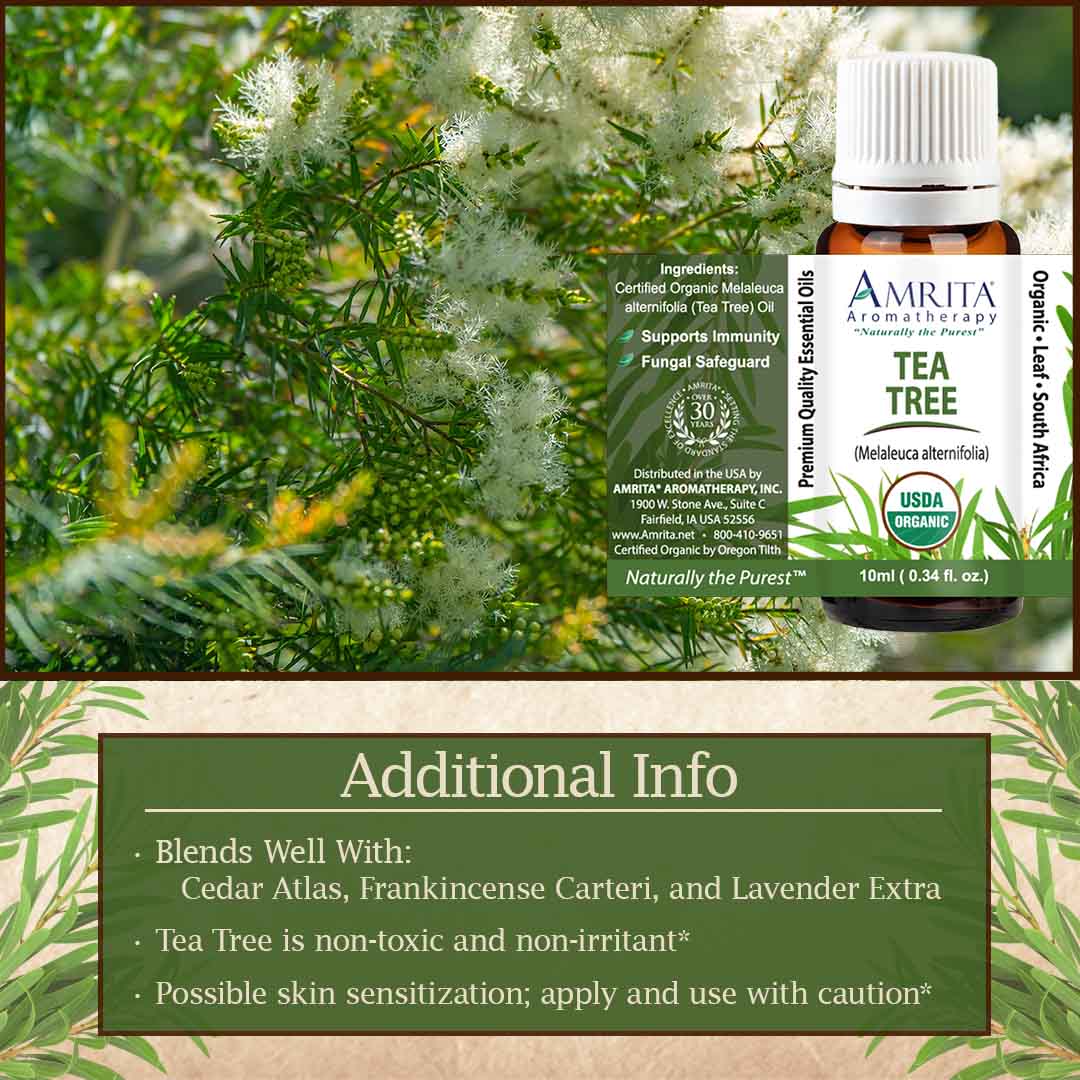Product Spotlight: Tea Tree
Oct 23rd 2023
Posted by Dr. Christoph Streicher and Chase F.
In August of 1995, Dr. Alan Twomey gave a speech titled “From Folklore to Fact” to open the Tea Tree Oil National Conference of Australia. He related a beautiful folktale about how Princess Eelemani of the ancient Australian Bundjalung people had become the “Johnny Appleseed of Tea Tree Oil” long, long, ago. Forced to leave her family and her one true love, Princess Eelemani was compelled by destiny to embark on a long journey through the Australian bushland. She consulted the “gods of the earth and planets” for assistance in this journey and they provided her with some magical seeds to plant along the way. These seeds, spread in part by helpful birds who knew the safest path ahead, grew into uniquely distinctive trees with papery-white bark, lush green crowns, and wispy-white flowering blooms. The heaven-sent trail markers reflected the light of the moon and helped guide her to her destination and back, while affording her a mystical layer of protection.
This story functions to explain the “origins” of what modern people refer to as the “Tea Tree” plant. The folktale explains how Tea Tree existed as protection for Princess Eelemani, and then went on to provide protection for all the Bundjalung peoples to follow. And while this story may be difficult for most to accept at face value, we now understand through modern science that Tea Tree’s ingredients do in fact offer protection from insects, parasites, germs, fungi, bacteria, viruses, toxins, infections, skin maladies, and more.* It goes to show that there are elements of truth within virtually every story, no matter how fantastical. From a modern perspective, let’s further explore some of this plant’s powerful abilities.
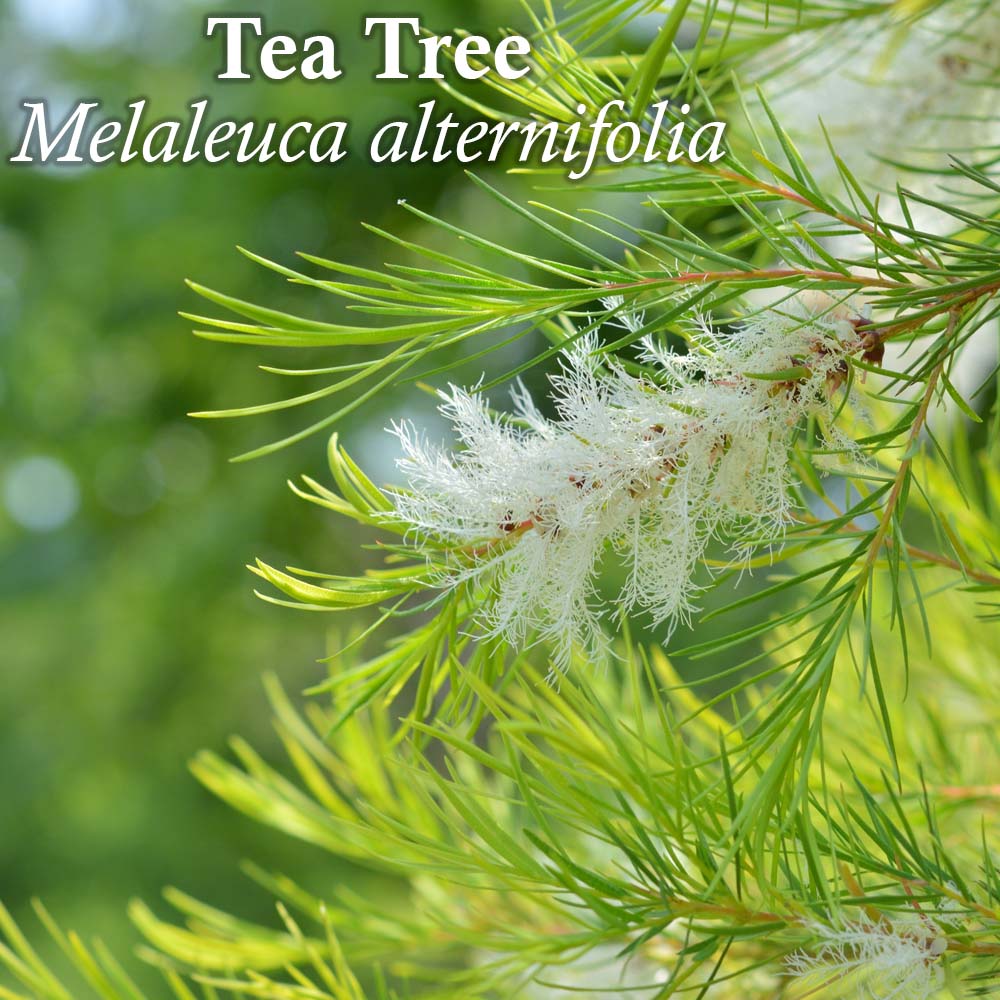 | 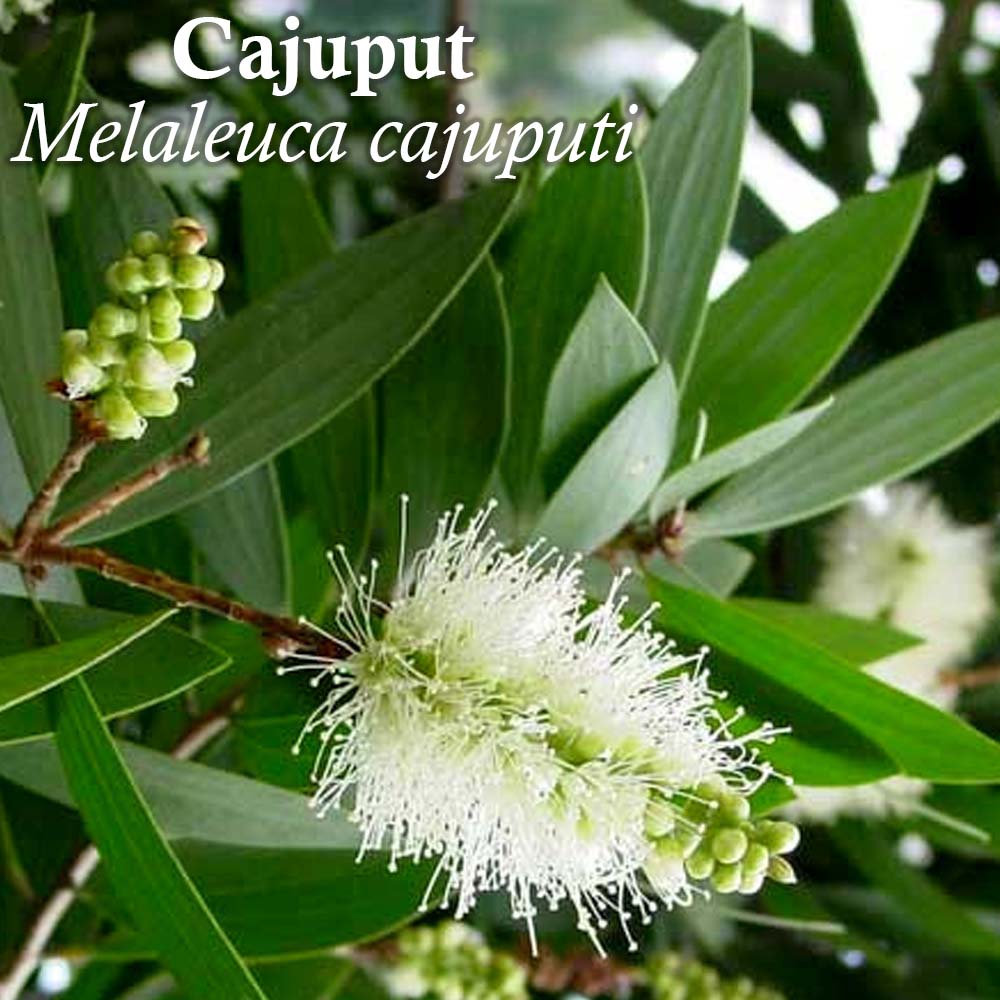 | 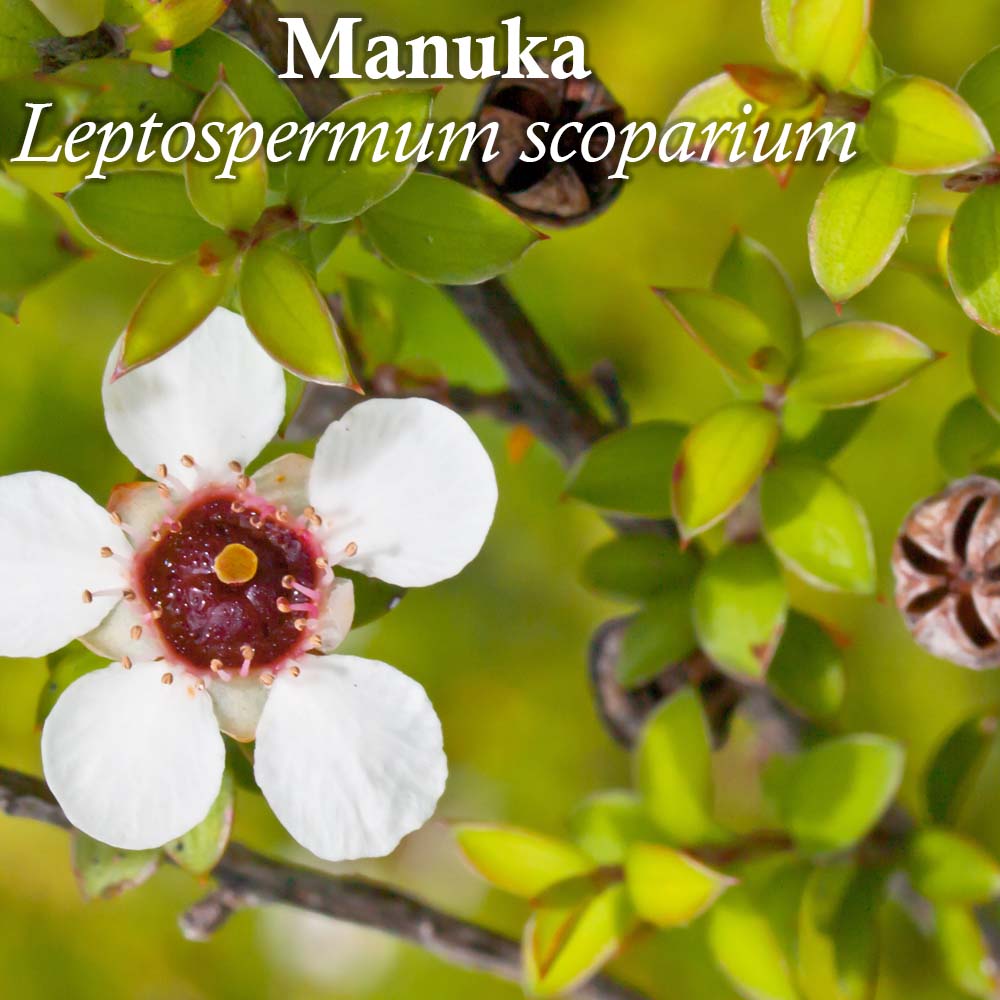 | 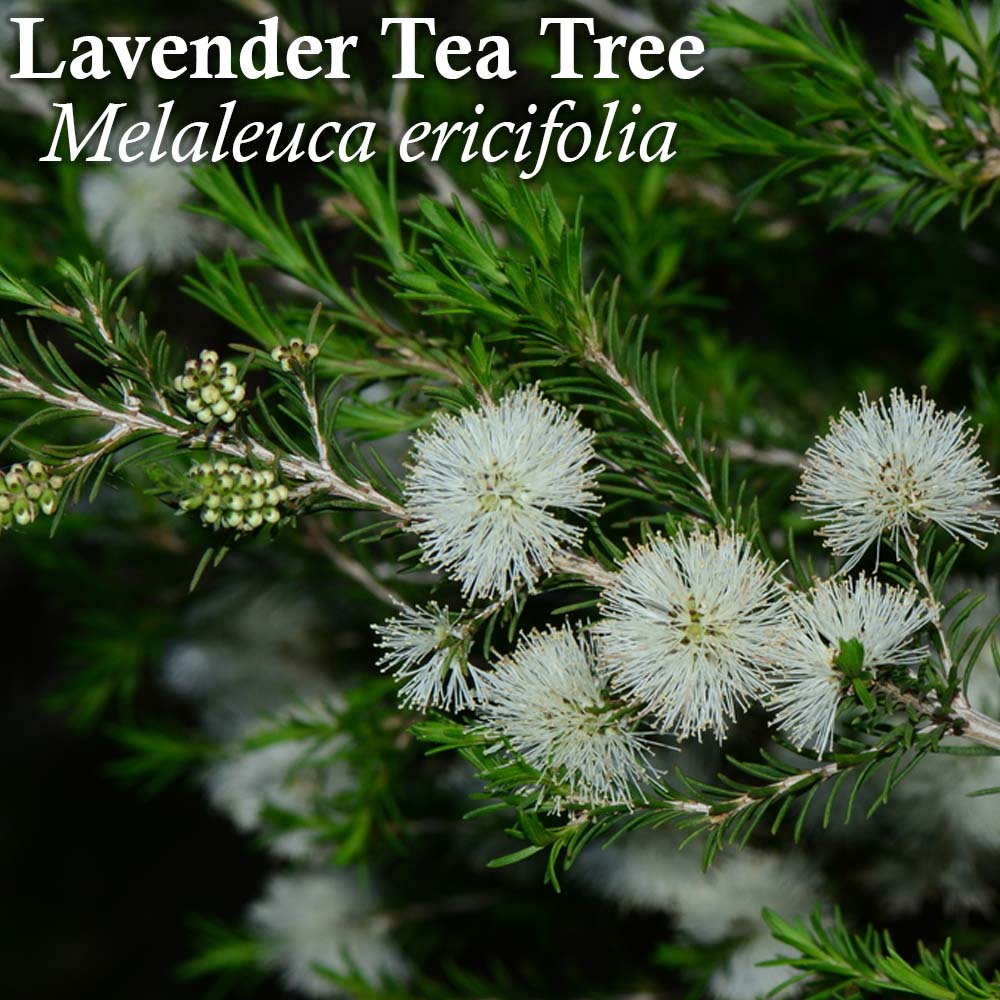 |
What is Tea Tree? How does it differ from “New Zealand Tea Tree” and “Lavender Tea Tree?”
When Captain James Cook of Britain arrived at the land of the Bundjalung and other Aboriginal peoples in the 1700s, he dubbed the place “New South Wales.” It wasn’t long before he took note of the teas brewed by natives, from what was probably a range of plants within the Melaleuca and Leptospermum genuses. This is when the modern term “Tea Tree” was coined. and still to this day “Tea Tree” often functions as a common catch-all term for a variety of plants. However, science has managed to distinguish these plants as distinctly different species, each offering unique benefits for those knowledgeable enough to understand the differences.
There is only one “true” Tea Tree plant, and it is scientifically known as Melaleuca alternifolia. Native to Australia, it now grows both naturally and commercially in multiple regions throughout the world. Amrita sources its Tea Tree Essential Oil Eco-Ethically from Australia, while it also offers USDA-recognized, organically sourced Tea Tree Organic Oil from South Africa. A close relative of the Tea Tree plant within the family Myrtaceae, is Lavender Tea Tree (Melaleuca ericifolia). Confusingly, most essential oils labeled “Lavender Tea Tree” are actually a blend of Tea Tree Oil and Lavender Oil, while the oil derived from the actual Lavender Tea Tree plant is called Rosalina Oil.
Additionally, there are still other plants often misrepresented with the catch-all term “Tea Tree.” For instance, Cajuput (Melaleuca cajuputi) is often referred to as “White Tea Tree” or “Swamp Tea Tree.” This is another close cousin of the “true” Tea Tree plant, but it is quite different! The chemical profile and therapeutic effects are closer to Eucalyptus, like Niaouli, which is another Melaleuca species. Another potential source of confusion is Manuka (Leptospermum scoparium), which is sometimes referred to as “New Zealand Tea Tree.” Though it too resides within the plant family Myrtaceae and exhibits some of the same traits, it is from an altogether different genus. Again, there is only one “true” Tea Tree plant, and that is the species called Melaleuca alternifolia.
What are the therapeutic benefits of using Tea Tree Essential Oil?
Sometimes referred to as the “Swiss army knife” of essential oils, Tea Tree offers a versatile array of potential benefits to its users. Its aromatic profile can be described as warm, spicy, camphoraceous, fresh, and slightly bitter or medicinal. Highly regarded as an alleviator of anxiety when diffused and inhaled, it can also help boost confidence, mitigate stress, and tackle insomnia.* Tea Tree Essential Oil can additionally be quite effective as a deterrent of insects and parasites while also combatting airborne infections.* The Bundjalung natives of Australia knew about these protective qualities long before modern science began to confirm them in the 1920’s and up through today.
In its topical applications, the list of Tea Tree’s protective properties continues with its natural germicide, fighting naturally against bacterial and fungus while being an antiseptic and promoting the healing power qualities.* Therefore, it can deter and combat infections, help wounds heal faster, mitigate acne, clear dandruff, eradicate foot and toenail fungus, and ward off respiratory illnesses.* Tea Tree Essential Oil can even be used as a natural household cleanser. Its germicidal abilities are due in part to the compound Terpinene-4-ol.* Amrita always ensures that its Tea Tree Oil contains at least 40% terpinene-4-ol, even as the Australian standard minimum is only 30%.* Amrita also ensures that its Tea Tree Oil contains less than 3% of 1.8 cineole, a potential skin irritant, even as the Australian maximum standard is 10%.*
Tea Tree Essential Oil demonstrates anti-inflammatory abilities, which pairs splendidly with its expectorant action to tackle symptoms of respiratory illness.* Its diuretic characteristics help encourage healthy sweating which aids the lymphatic and circulatory systems by purifying the body of toxins.* It can also aid the body in fighting off illness overall by acting as a general immunostimulant.* Some studies show that Tea Tree Essential Oil can help its users create more white blood cells which are a vital part of immune function.*
Now that you know why to use Tea Tree...How would you use Tea Tree Essential Oil?
Tea Tree Essential Oil can be applied in a variety of ways. Using it topically showcases its abilities regarding skin and haircare as it helps to prevent infections, heal wounds faster, protect against fungus, combat dandruff, mitigate acne, and deter insects and parasites.* By focusing the topical application at the chest, or by incorporating it into an aromatic bath, some of the respiratory and lymphatic benefits will be activated, such as clearing the lungs of excess mucous, alleviating symptoms of respiratory illness, and deterring illness overall by helping to rid the body of toxins and encouraging white blood cell production.* These methods will also lead the user to experience therapeutic benefits to the nervous system, such as alleviation of stress / anxiety, improvement of mood, and less proclivity towards insomnia.* To maximize Tea Tree Oil’s benefits to the nervous system, respiratory system, and immune system, try adding a few drops to your favorite nebulizer or inhaler and inhale its ancient magic.* Here are some recommended methods for use.
- Overall Topical Application: 3-5% Dilution
- To focus the power of Tea Tree Essential Oil on specific areas of need, create a 4-5% dilution (15-25 drops of Tea Tree Oil per tablespoon of carrier oil) and apply to the skin. Focus on areas where superficial wounds need help healing faster or cleaned.* Apply to the chest if prioritizing its respiratory benefits or its therapeutic qualities for the nervous system.* Try adding a little to the hair for mitigation of dandruff, or areas of skin where painful acne persists.*
- Keep in mind, however, that Tea Tree Oil contains 1.8 cineole which is a potential skin irritant. Amrita ensures its Tea Tree contains 3% or less of 1.8 cineole, which significantly outperforms the Australian maximum of 10%. Users should not exceed the recommended dilution, and should also note that Amrita offers Lavender Tea Tree Oil, which simply incorporates the skin-soothing qualities of Lavender for balancing out potential irritation caused by Tea Tree.*
- Note: On small, infected areas, like athlete’s foot, it can be applied undiluted over longer periods of time.*
- Whole-Body Massage Application: 2-3%
Dilution
- This method is a way to apply Tea Tree Essential Oil to a generally broader area, or to the entire body topically. Simply create a dilution of 2-3% (10-15 drops of Tea Tree Oil per tablespoon of carrier oil) and utilize the mixture as a full body massage oil.
- For the skin and hair this method can help provide an invisible layer of protection from germs, bacteria, bugs, and parasites, while its anti-inflammatory action deters redness, pain, and itching from a number of sources.* As previously mentioned, users should not exceed the recommended dilution to avoid potential skin irritation.*
- Aromatic Bath Application: up to 2%
Dilution
- In an aromatic bath, Tea Tree Essential Oil can provide a very balanced set of therapeutic qualities. While its aforementioned benefits toward the skin and hair will still factor in significantly with this method, it will also highlight some of Tea Tree’s potential to aid the nervous and respiratory systems.*
- Simply create a 2% Dilution (no more 10 drops of Tea Tree Oil per ounce of bath salts, bath milk, or similar) and add to a full, warm, tub of water. Bathing in this solution will allow the aromatic essence of Tea Tree to help alleviate stress and anxiety, boost confidence, and combat insomnia.* The respiratory system will also breathe a sigh of relief as Tea Tree’s expectorant and anti-inflammatory qualities will be delivered via the steam of the warm, relaxing, bath.*
- Diffusion / Inhalation Application: add a few drops to a Nebulizer or Nasal Inhaler
- To prioritize Tea Tree Essential Oil’s potential towards the respiratory, nervous, and lymphatic systems, perhaps its most effective method of application is through diffusion and inhalation.* By adding a few drops to a nebulizer or inhaler, the user can directly enjoy the warm, spicy, camphoraceous, fresh, and slightly bitter essence which helps relieve stress and anxiety while boosting confidence and fighting insomnia.*
- For the respiratory system this method can deter infections, clear airborne bacteria, relieve symptoms of cold / flu, and mitigate congestion.* Additionally, the inhaled essence of Tea Tree Essential Oil can help to stimulate the immune system.* It does this in part by promoting white blood cell production, but also by encouraging healthy sweat and ridding the body of toxins.* Lastly, the diffused essence of Tea Tree throughout a room or atmosphere can help deter pesky bugs.*
What would blend well with Tea Tree Essential Oil?
The scent of Tea Tree Essential Oil is quite pleasant to many, while some others note a slight distaste for its “medicinal” quality. For the latter, there are many easy ways around this. While one might consider simply swapping Tea Tree Oil with Manuka, a different species from New Zealand which exhibits similar qualities to Tea Tree while smelling less “medicinal,” it is better as it works against a much larger variety of germs.* Therefore, instead of replacing it why not just blend it? Tea Tree sits somewhere among the middle fragrance notes and blends quite well with many other oils. Try adding it to Cedarwood and Nutmeg for an atmosphere conducive to calmness and relaxation, or with Cypress and Elemi to help keep the lungs clear. Tea Tree also blends notoriously well with Lavender. Try the aromatically beautiful blend of Tea Tree, Lavender, and Elemi to create a sublime atmosphere of calm, confident, focused energy.*
Here a few DIY recipes for you to try in your nebulizer:
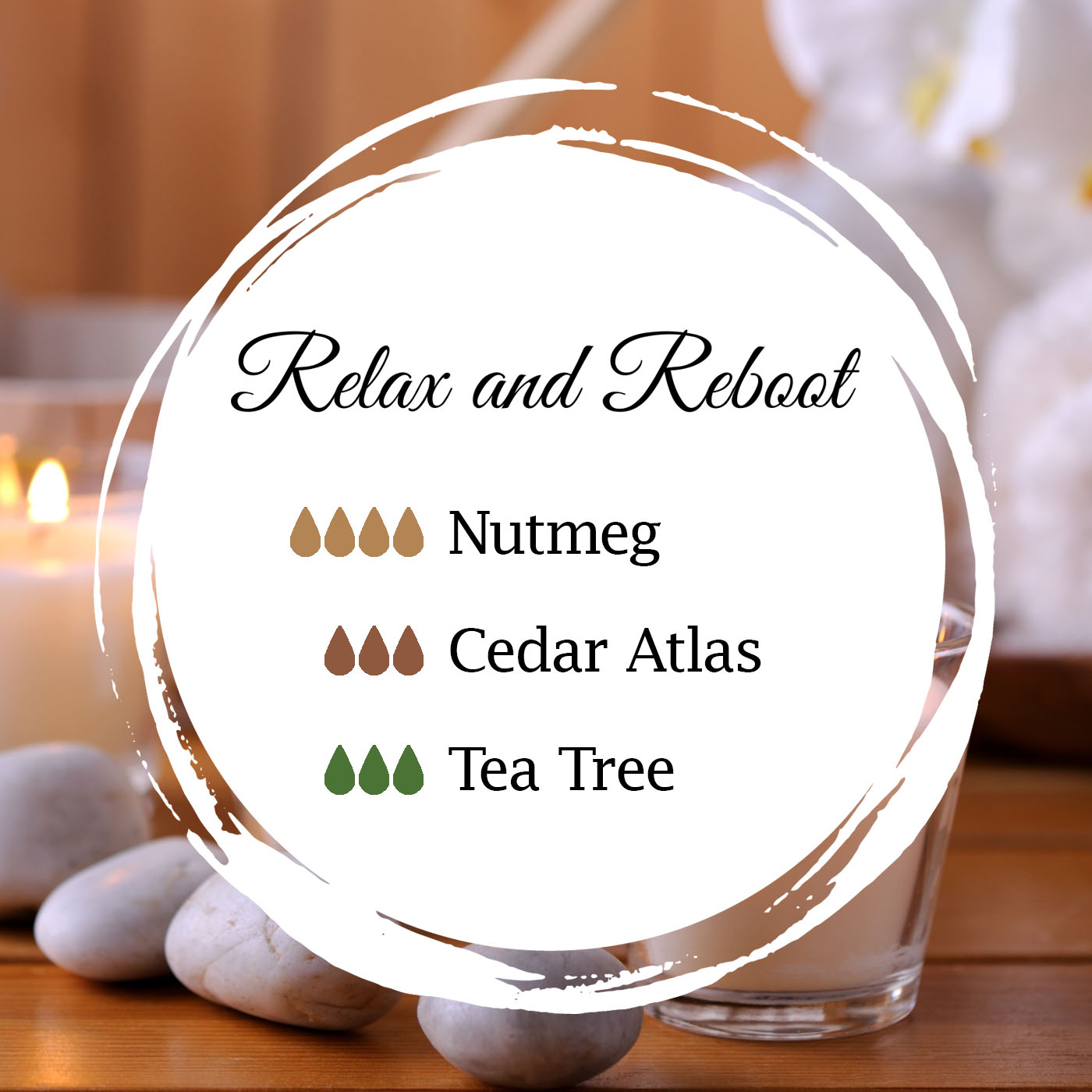 | 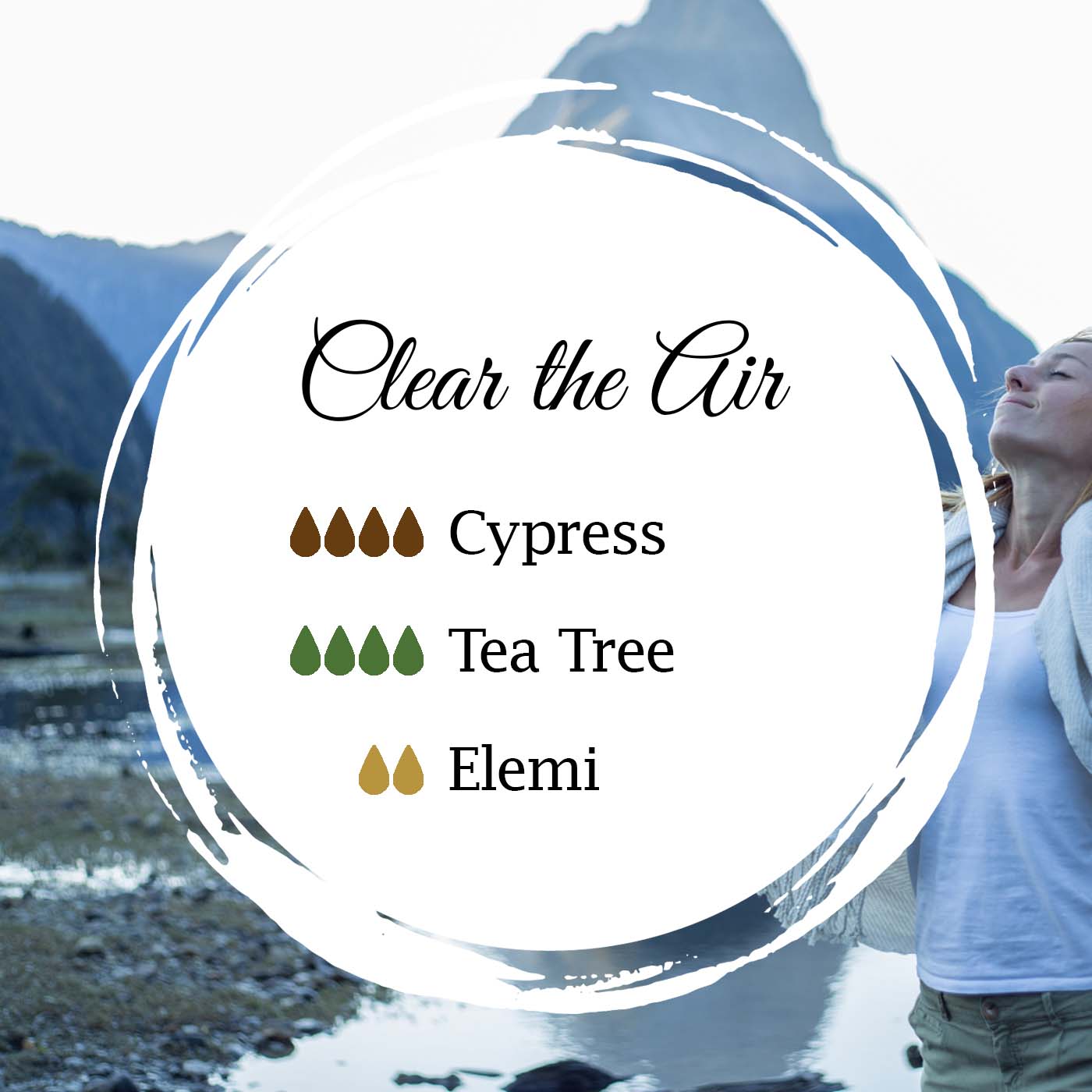 | 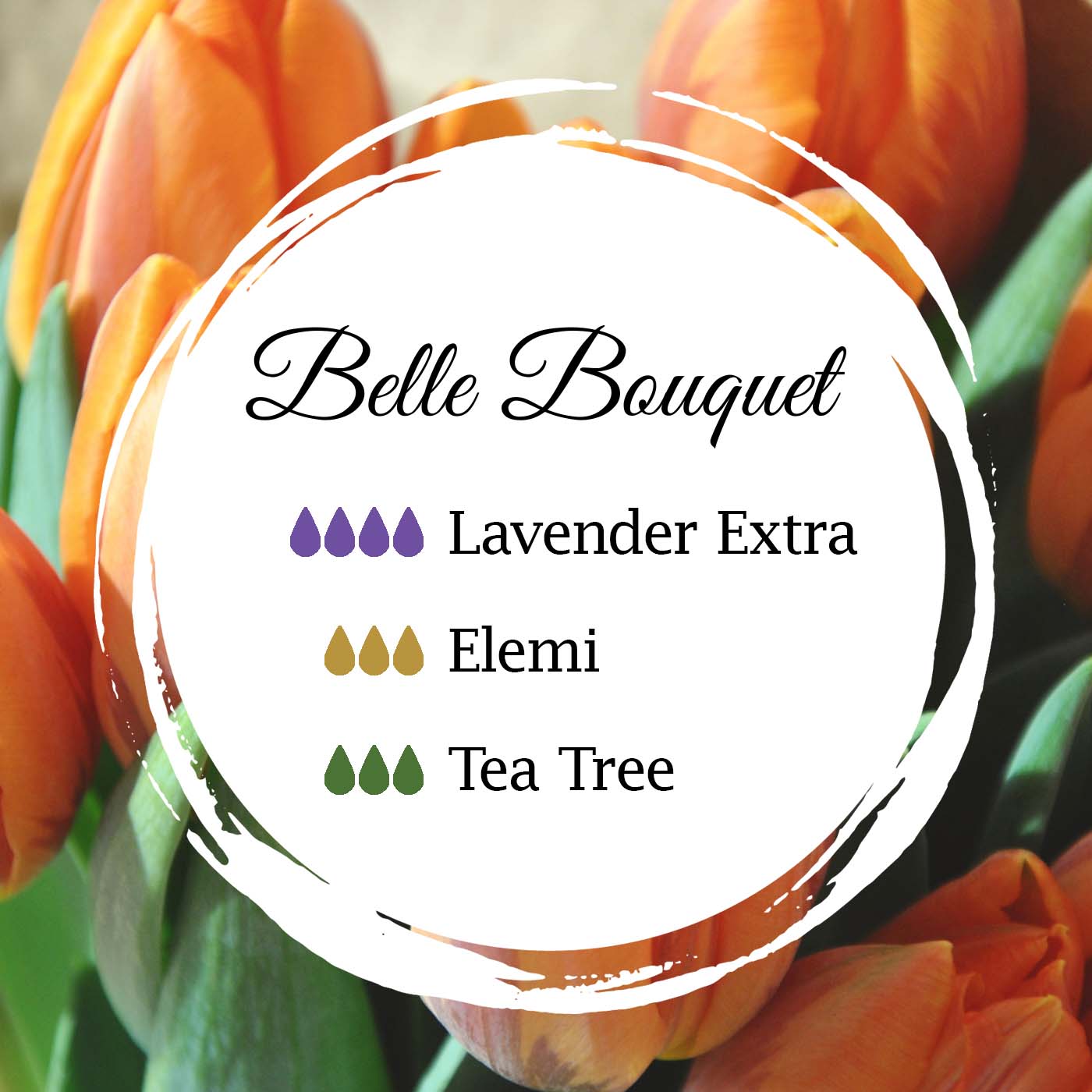 |
Final thoughts from the Amrita team…
As the “Swiss army knife” of essential oils, there is really a lot of ground to cover when attempting to understand Tea Tree. From pointing out its potential benefits for the integumentary, respiratory, nervous, and lymphatic systems, to distinguishing it from its confusingly similar but distinct relatives, Tea Tree Essential Oil has a lot to be said about it.* Perhaps the folktale of Eelemani, Princess to the Bundjalung people of Australia, encapsulates it best. The Tea Tree plant was a godsend to her and her people, offering them a mystical layer of protection. Now that Tea Tree is understood and attainable by everyone in the modern world, it can help protect us all. Discover what some have already known for thousands of years and incorporate Tea Tree Essential Oil into your aromatherapy regimen today!
Happy Blending!
*These statements have not been evaluated by the Food and Drug Administration. These products are not intended to diagnose, treat, cure, or prevent any disease.


